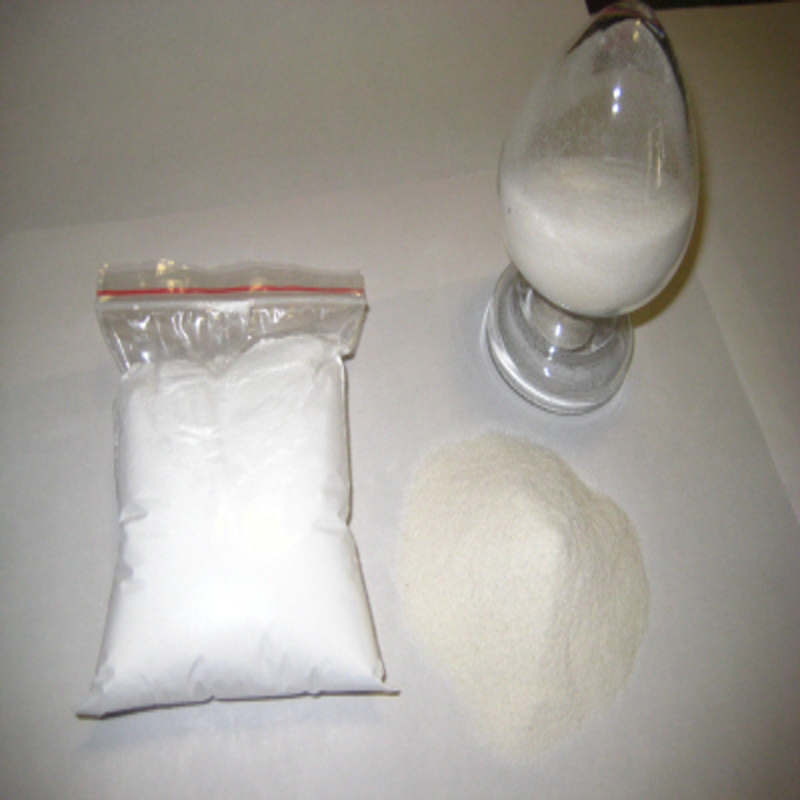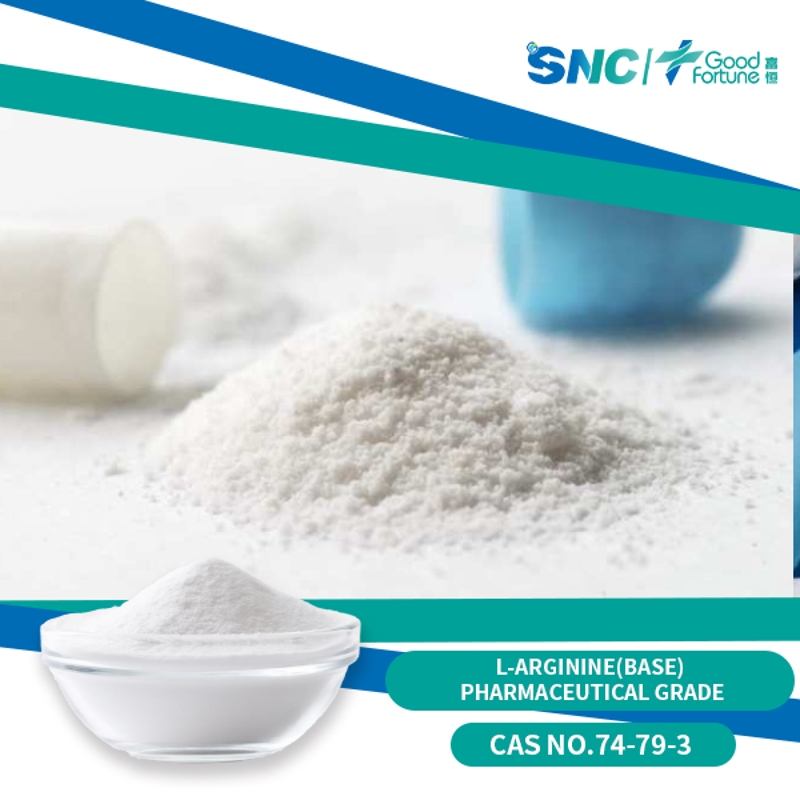-
Categories
-
Pharmaceutical Intermediates
-
Active Pharmaceutical Ingredients
-
Food Additives
- Industrial Coatings
- Agrochemicals
- Dyes and Pigments
- Surfactant
- Flavors and Fragrances
- Chemical Reagents
- Catalyst and Auxiliary
- Natural Products
- Inorganic Chemistry
-
Organic Chemistry
-
Biochemical Engineering
- Analytical Chemistry
-
Cosmetic Ingredient
- Water Treatment Chemical
-
Pharmaceutical Intermediates
Promotion
ECHEMI Mall
Wholesale
Weekly Price
Exhibition
News
-
Trade Service
A comprehensive analysis of the available evidence, published online in the British Journal of Ophthalmology, found that regular use of cholesterol-lowering and type 2 diabetes medications may reduce the risk of
age-related degenerative eye disease (AMD).
The results showed that these common drugs were associated
with a lower prevalence of AMD (age-related macular degeneration) in the European population.
AMD is the leading cause of
severe visual impairment among older people in high-income countries.
In Europe alone, 67 million people currently have the disease, and new cases are expected to skyrocket
in the coming decades as the population ages.
AMD affects central vision and the ability to
see details.
Various genetic and environmental factors associated with aging are thought to trigger AMD, but it's not clear how best to prevent or slow its progression
.
Previously published studies have suggested that drugs that lower cholesterol, control diabetes, and inhibit inflammation may help reduce the risk of AMD, but these findings are somewhat contradictory and based on a small number of participants
.
To sidestep these questions, the researchers pooled the results of 14 population- and hospital-based studies involving 38,694 people
from France, Germany, Greece, Ireland, Italy, Norway, Portugal, Russia and the United Kingdom.
The studies are part of the European Eye Epidemiology (E3) Consortium, a pan-European collaborative network whose main aim is to develop and analyse large collective datasets to further our understanding of eye diseases and vision loss
.
Participants were all over the age of 50 and taking at least one of the following medications: cholesterol-lowering drugs, including statins; control of diabetes, including insulin; Anti-inflammatory, steroid-free; Levodopa, used to treat movement disorders
caused by neurodegenerative diseases.
In the included studies, the prevalence of AMD ranged from 12% to 64.
5% (9332 cases in total), while the prevalence of advanced (advanced) AMD ranged from 0.
5% to 35.
5% (951 cases total).
Comprehensive data analysis showed that drugs that lowered cholesterol or controlled diabetes were associated
with a 15% and 22% reduction in the prevalence of any type of AMD, respectively, after accounting for potential contributing factors.
The researchers note that no such association has been found in other types of drugs or advanced AMD, although there are relatively few such cases
.
The researchers emphasize that their study is the first to use large pooled data analysis from individual-level data
from a variety of population-based and hospital-based studies.
"However, further longitudinal data are needed to confirm our findings, which are inherently limited by the use of only cross-sectional data and cannot infer causation
," they warned.
But they argue that the findings point to a key role that metabolic processes may play in the development of AMD, which could provide potential new avenues for treatment and have implications for
public health information.
"Our study shows that in the general population, regular intake (lipid-lowering) and anti-diabetic drugs are associated
with a reduced prevalence of AMD.
Given the potential interference of these drugs with AMD-related pathophysiological pathways, this may contribute to a better understanding of the causes
of AMD.
They concluded
.







